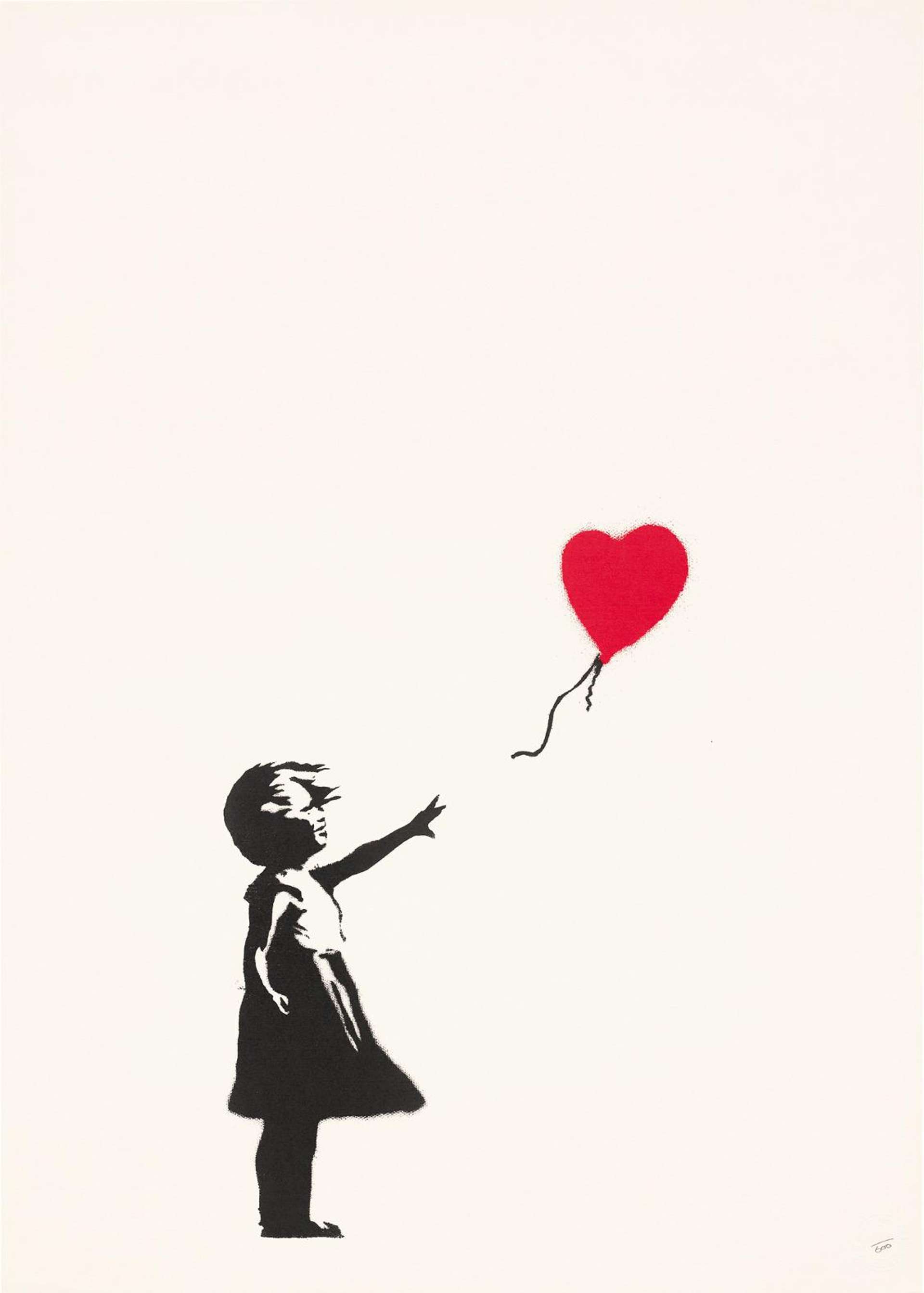
Muse
Muses, and the use of a female protagonist as the focal point for an artwork, have existed in the arts for nearly as long as the span of human existence and our expression of artistic creation. In modern figurative usage, a Muse may be a source of artistic inspiration, but historically the concept of Muses spring from the ancient Greeks. In the first century BC, Diodorus Siculus cited Homer and Hesiod to the contrary, observing:
“Writers similarly disagree also concerning the number of the Muses; for some say that there are three, and others that there are nine, but the number nine has prevailed since it rests upon the authority of the most distinguished men, such as Homer and Hesiod and others like them.”
With muses often being presented in a female form, we explore the presentation of woman according to three common archetypes found across art: the “Femme Fatale”, the “Damsel in Distresss” and ”Innocence”.
Ben Day
The Ben Day pop art style popularised by Roy Lichentenstein has seen the artist elevated to the upper echelons of, not only the pop art world, but the art world itself. Often taking images from comic books, Lichtenstein would use bold colours that would elegantly dance through his curves, dots and straight lines that brought his vignettes to life. Thematically, Lichtenstein would often portray women in his works and, according to Dorothy Lichtenstein the artist’s widow, “Roy adored women.”
Anonymous faces stare out from his art as we, the viewers, ponder the lives of the women presented to us in an almost photographic, turbulent snapshot. Whether in danger or experiencing a heartbreak, Lichtenstein’s ladies have an ethereal almost Stepford Wives quality about them. They inhabit a space that is both familiar and uncanny and oscillate between these two distinct realms. The damsel in distress of Lichtenstein can be seen through how we, as the viewer, are unaware of the danger or the context in which the subjects are presented. There is a sense of tension and of drama in his pieces which reflect onto the viewer creating a sense of uncertainty as to what is going on. How do we react? Do we become the hero looking to save the Damsel in Distress? Do we dismiss them of their agency and take control of the peril they appear in? And here is where the great beauty in Lichtenstein lies, the ability to create such deep emotional responses that engage and draw the viewer in, intrigued by the situation that unfolds before us as we stand back powerless to stop the unknown that is occuring. Lichtenstein deliberately and insightfully removes all of the narrative devices and produces an impact which is more dramatic and engrossing.

Femme Fatale
Arguably one of the most influential artists of all time, Warhol’s pop-art portraits have entered the annals of art history. Recognisable across the world, his championing of the silkscreen brought his work, and by extension, himself as an artist and person into the consciousness of millions. Indeed, many of the famous subjects for Warhol’s portraits were what can be considered to be Femmes Fatales. Indeed, the connection to a Femme Fatale runs deeper than just his visual arts as the first track on the Velvet Underground’s self-titled debut album (of which Warhol designed the banana cover) is called Femme Fatale. Perhaps the lyrics to the song share an insight into how we can define Warhol’s portrayal of such women:
“It's not hard to realize
Just look into her false colored eyes
She builds you up to just put you down
What a clown.”
The term originates from the French phrase femme fatale, which means 'deadly woman' or 'lethal woman'. A femme fatale tries to achieve her hidden purpose by using feminine wiles such as beauty, charm, or sexual allure. In many cases, her attitude towards sexuality is lackadaisical, intriguing, or frivolous. She may also be (or imply that she is) a victim, caught in a situation from which she cannot escape. How can this be applied to Warhol? His most famous portrait immediately springs to mind: Marilyn Monroe.
Marilyn Monroe
Much like the archetypal pulp fiction cover or movie poster that Warhol most likely would have seen, his portrait of Marilyn presents her in a way that satisfies our definition above. Monroe herself played such a role in her acting career in movies such as Niagra and through her marriages to Joe DiMaggio, playwright Arthur Miller and the media’s obsession with her. Life imitating art through a celebrity who is playing up to a version of herself portrayed in fiction. The genius in Warhol’s Marilyn prints and paintings is that he shares a perfect moment frozen in time where her beauty becomes timeless and unchanging, where she transcends the person and becomes immortalised. Warhol's art causes us to ask questions as to who is the woman behind the femme fatale with blond curls and sensuous curves, a sex symbol desired by millions of glaring eyes, even after her death? Through the work society's obsession with celebrity is called iapproached and raises questions as to our relationship with the idols that we create. Like the song, society seemingly built her up to put her down.

Banksy, Girl with a Balloon
Banksy’s art is full of symbolism where his poignant imagery poses rhetorical questions through the use of juxtaposition. One such reoccuring motif is that of childhood and by extension innocence.
From the shocking Napalm to the sweetness of Girl with Balloon, Banksy portrays children, generally little girls, in various contexts. However, what unites such seemingly different works is how thematically innocence, or the implication of innocence, ties the pieces together and the image of the little girl can be associated with Banksy.
It would be fair to say that the ephemeral artist paints young girls to make his art more evocative and touching. What you actually see and experience may be defined with one phrase — “tragic innocence.”
The idea of an innocent young girl — an embodiment of purity, chastity, and virtues — is not new. In Banksy’s art, children are blameless victims of the cruel world. The themes of war, consumerism, and corruption are linked with the image of the suffering child. Just look at some of the most impressive artworks featuring motifs of childhood and youth. These include Bomb Hugger, Jack and Jill, No Ball Games, Very Little Helps, NOLA, and Kids on Guns, among others. Banksy’s aim of showing girls in his artworks is almost self-evident. The street artist’s criticism is fired at societies who are incapable of providing the necessary and wholesome upbringing of new generations. As a result, society does not change itself, but creates a vicious circle where people repeat the same mistakes and fall into the same traps. At the end of the day, unveiling the social evil is what Banksy art is all about.

For more information on any of the artists or artworks features, contact Andipa Editions via sales@andipa.com or call +44 (0)20 7589 2371.
